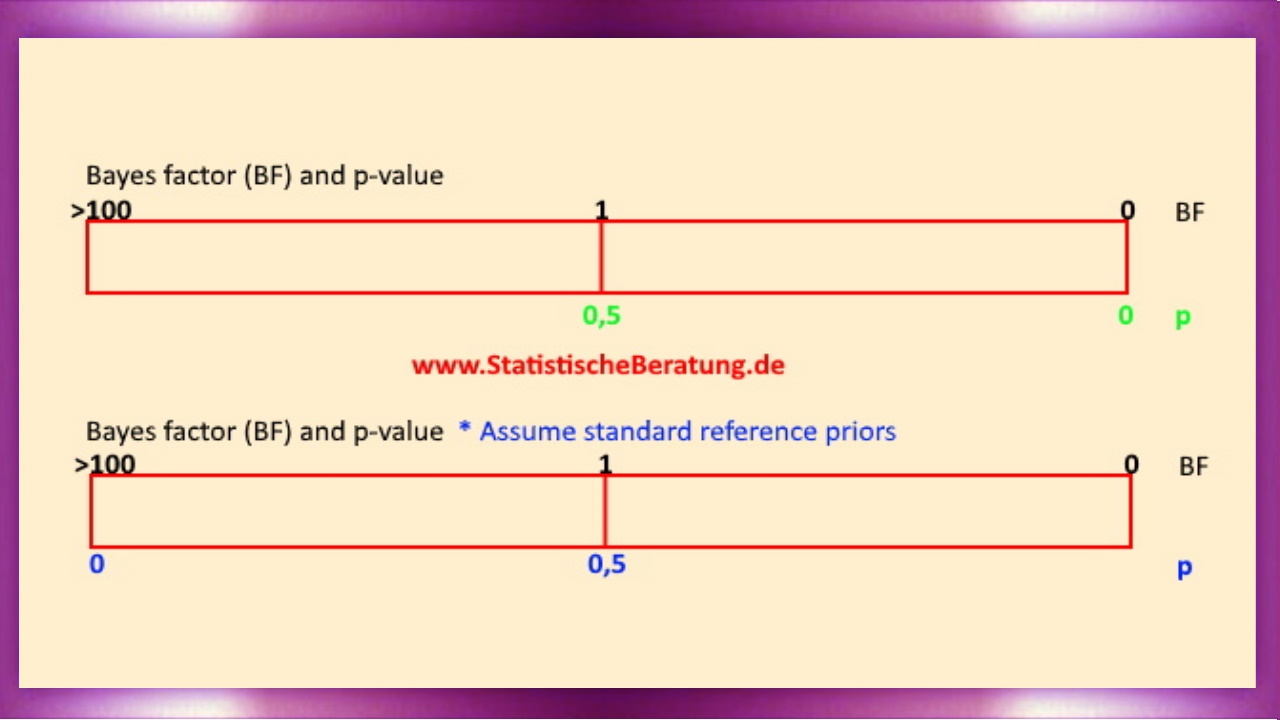Frequentist statistics vs. Bayesian statistics
Frequentist statistics and Bayesian statistics are two fundamental approaches in statistics.
Frequentist statistics considers probability as the frequency of events over a large number of experiments. It is based on the assumption that the parameters generating the data are fixed and unchanging and that repeated sampling will cause the parameter estimates to get closer and closer to the true values.
In contrast, Bayesian statistics views probability as a subjective probability based on existing knowledge and experience. It uses Bayes' theorem to update the probabilities of hypotheses or parameters depending on existing data. Bayesian statistics also take parameter uncertainty into account.
| Cite this article in your research paper: |
| APA Statistische Beratung Leonardo Miljko (datum) Frekventistička statistika naspram Bayesove statistike. Retrieved from https://www.statistischedatenanalyse.de/index.php/unsere-dienstleistungen/bayesova-statistika/frekventisticka-statistika-naspram-bayesove-statistike . |
|
Harvard
Statistische Beratung Leonardo Miljko January 10, 2020 Frekventistička statistika naspram Bayesove statistike. viewed datum <https://www.statistischedatenanalyse.de/index.php/unsere-dienstleistungen/bayesova-statistika/frekventisticka-statistika-naspram-bayesove-statistike>
|
Important notice: The original content is in Croatian. The translation into German and English was done using a web translator. We apologize for the mistakes.










